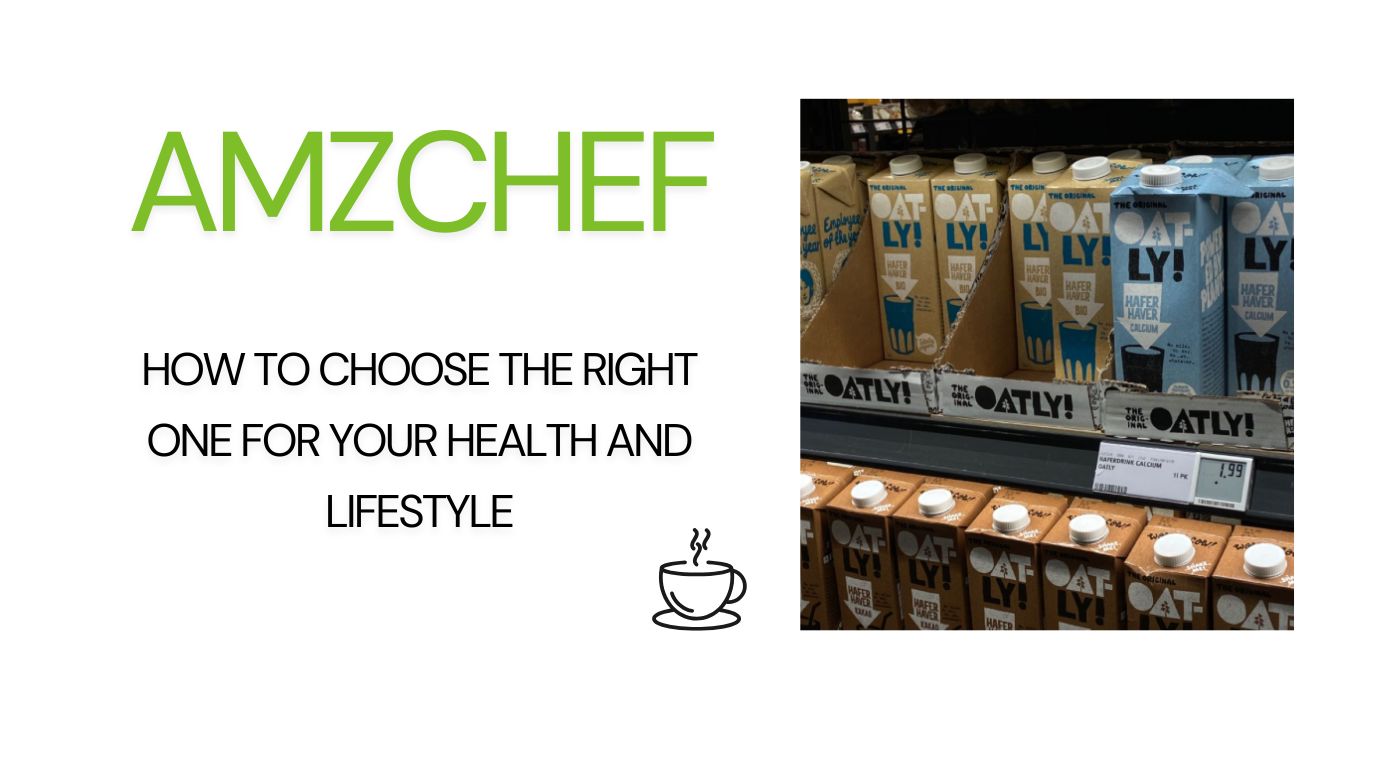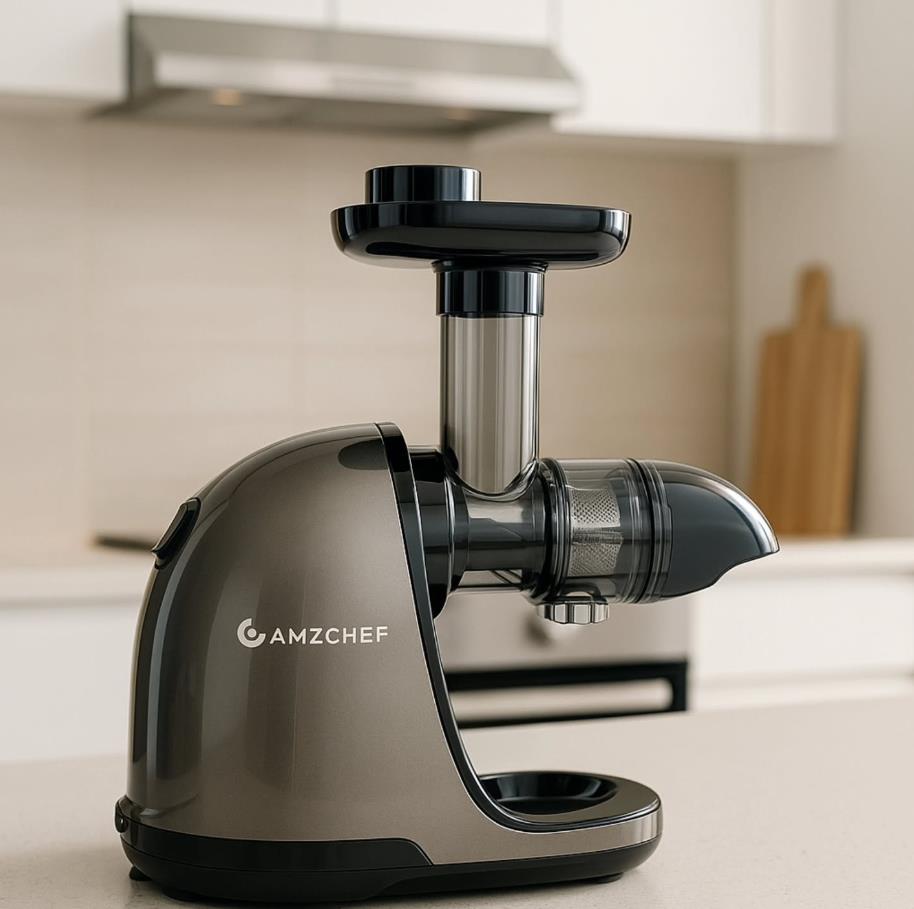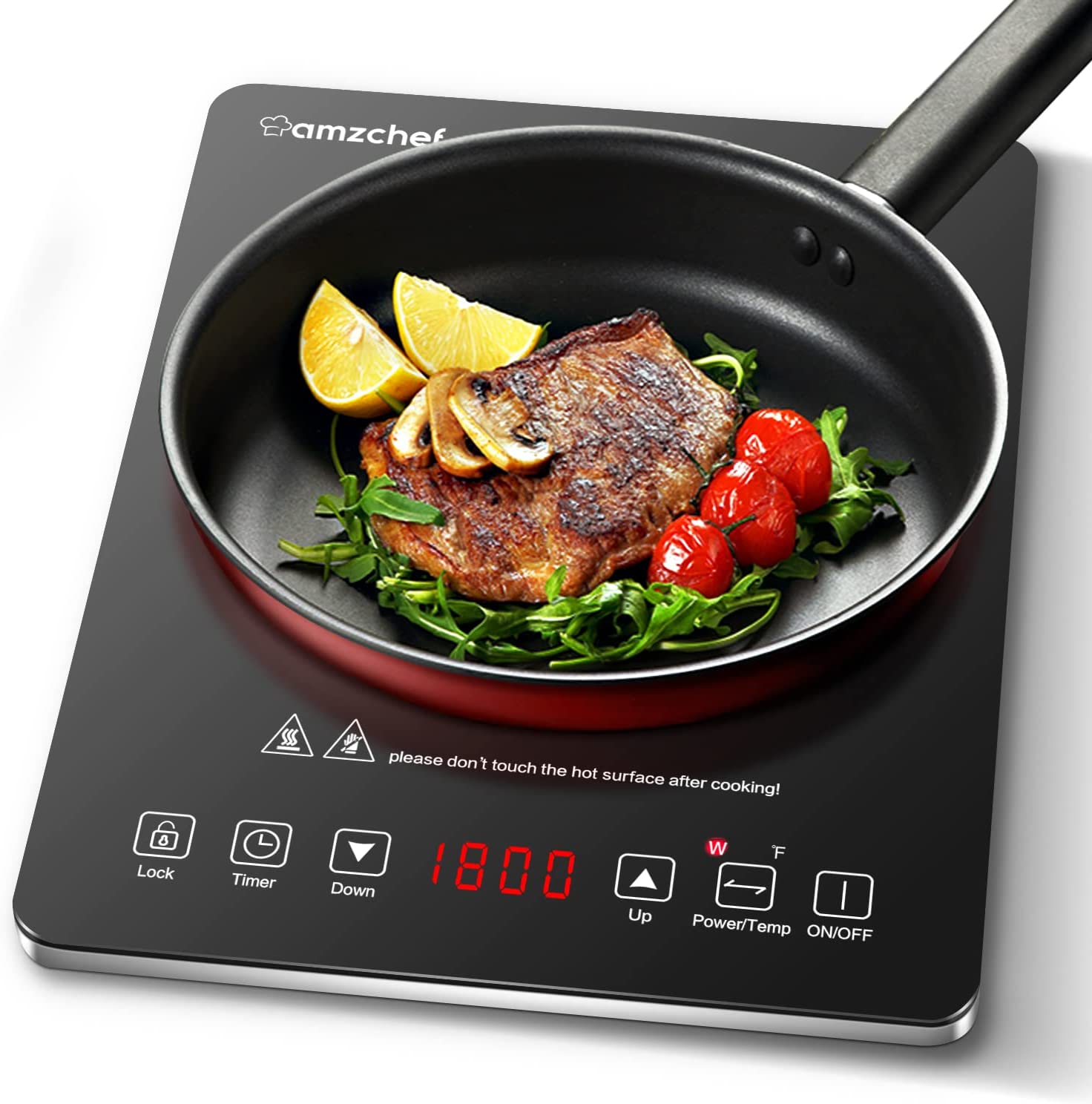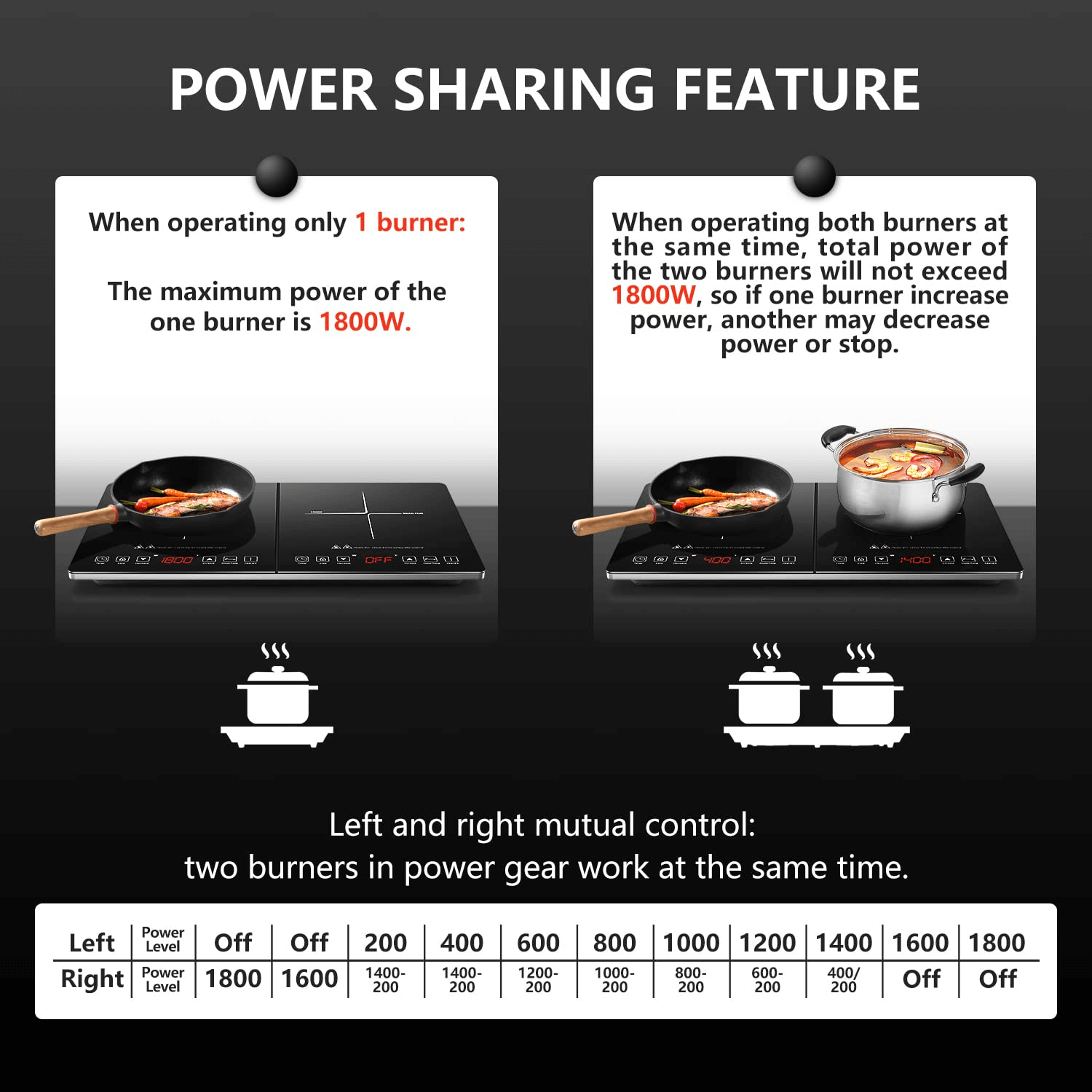Milk Comparison 2025: How to Choose the Right One for Your Health and Lifestyle
Standing in front of the milk aisle today can feel overwhelming—cow milk, almond milk, oat milk, soy milk, lactose-free, A2, and even pea milk. Each claims to be “healthier” or “more natural.” But are they really? Many people unknowingly buy milk that doesn’t match their nutritional needs or lifestyle—too much sugar, too little protein, or unnecessary additives.
What Will You Learn
Here’s what you’ll take away:
- The Truth Behind 8 Popular Milks — How cow, soy, oat, almond, and even hemp milk really compare in protein, calcium, and calories.
- The Ultimate 60-Second Milk Cheat Sheet — A visual chart summarizing every major milk type, their nutrition, and best uses.
- Frothing Secrets Like a Barista — Which milk gives you creamy foam, which collapses fast, and how to nail temperature and texture.
- Smart Label Reading — How to spot hidden sugars, fortified nutrients, and additives most people miss.
- Personalized Choices for Every Lifestyle — The best milk for weight control, lactose intolerance, vegan diets, and eco-conscious living.
- Real Expert Picks — Tested and ranked by a registered dietitian with 15+ years of hands-on experience.
What Is Milk & Why It Matters
“Milk” isn’t just from cows anymore. It refers to any white, nutrient-rich liquid used as a beverage or for cooking—whether animal-based or plant-based.
Choosing the right milk matters because:
-
It affects your protein intake, calcium absorption, and gut health.
-
Some types fit specific diets (keto, vegan, lactose-free).
-
The milk you choose can even impact the environment and animal welfare.
In short, milk is more than a drink—it’s a daily nutrition choice that shapes your long-term health.
The Only 60-Second Milk Cheat Sheet You’ll Ever Need
EatingWell updated its annual list of the eight healthiest options using USDA data, 2024 research, and real kitchen tests. Here’s what you need to know in simple terms: nutrition, taste, best uses, and exactly how to foam each one like a barista.

Cow’s milk (2%) wins daily use. One cup: 122 cal, 8 g protein, 24% calcium, 54% B12, fortified D. Natural lactose only. Cereal, shakes, coffee. Froth: 60°C, knock twice, swirl, pour.
Sheep’s milk tops protein and calcium: 168 cal, 9 g protein, 33% calcium. Creamy, tangy. Great for yogurt. Froth: 60°C like cow’s.
Soy milk (unsweetened) is plant-protein king: 80 cal, 7 g protein, 23% calcium, 51% B12. Heart-friendly (Nutrients 2024). Froth: cold for clouds.
Oat milk rules foam: 120 cal, 3 g protein, 2 g fiber, 27% calcium. Creamy, sweet. Froth: 55°C max, swirl 3×. DIY: blend oats + water.
Hemp milk is low-carb: 60 cal, 1 g carb, 3 g protein, omega-3s. Earthy. Froth: cold only.
Almond milk is lightest: 39 cal, 1 g protein, 37% calcium. Thin, nutty. Froth: cold. Pick low-almond brands. EatingWell weight-loss go-to.
Coconut beverage (carton) maxes B12: 76 cal, 63% B12, 35% calcium. Tropical. Froth: light.
Rice milk is kid-safe: 113 cal, 1 g protein, 22% calcium, 63% B12. Sweet, watery. No froth.
3-Second Milk Chooser:
- Protein >7 g: Cow, sheep, soy (or pea)
- Latte art: Oat (55°C), cow (60°C)
- <80 cal: Almond, hemp (or skim)
- Vegan / Lactose-free: Oat, soy, almond, hemp
Milk Textures: What Your Tongue Actually Feels
Cow’s milk (2%) feels smooth and mildly sweet with classic dairy richness—like velvet sliding over your tongue.
Sheep’s milk is velvety thick with a subtle tang, almost like liquid custard that coats the mouth.
Soy milk (unsweetened) glides silky with a faint nutty-beany note and a clean, neutral finish.
Oat milk delivers creamy, naturally sweet waves and a soft oat-cookie warmth.
Hemp milk stays light and slightly grassy, reminiscent of fresh-cut lawn with a crisp edge.
Almond milk runs thin and crisp, carrying just a gentle whisper of roasted nut.
Coconut beverage offers smooth tropical flow and light coconut-water sweetness.
Rice milk feels watery yet gently sweet, leaving a soft rice-pudding aftertaste.
How to Read Milk Labels
When shopping at the supermarket, don’t just grab the bottle that says “organic” or “healthy.”
Here’s what to really look for:
1. Check the Protein
Aim for 7–9g of protein per cup for a nutritionally balanced choice.
Many plant-based milks have less protein unless they’re fortified.
2. Watch the Sugar
“Original” or “sweetened” versions may contain added sugars (up to 10g!).
Opt for unsweetened versions to avoid hidden calories.
3. Look for Fortified Calcium & Vitamin D
Plant milks often lack natural calcium—make sure “Calcium carbonate” and “Vitamin D2/D3” are listed.
4. Check for Additives
Avoid milks with carrageenan, gums, or flavoring oils if you want a cleaner option.
5. Pay Attention to Expiry Date & Storage
Fresh milk usually lasts 7–10 days; UHT milk lasts longer but may taste slightly different.
How to Choose the Right Milk for You
| Goal | Best Milk Option | Why |
|---|---|---|
| High Protein | Cow Milk, Pea Milk | 8g+ protein per cup |
| Low Calorie | Almond Milk, Skim Milk | Great for weight control |
| Vegan Diet | Soy Milk, Oat Milk | Dairy-free & nutrient-rich |
| Sensitive Stomach | Lactose-Free, A2 Milk | Easier digestion |
| Eco-Friendly Choice | Oat Milk, Pea Milk | Lower carbon footprint |
Brand Recommendations for the 8 Healthiest Milks
From My 15+ Years as a Milk RD

Signed, Sarah Klemm, RDN, CD 15 yrs testing milks in lab + home | Mom of 2 (one lactose-intolerant)
“I taste every brand blind. These are the ones I buy for my family—and yours.”
Which Milk Works Best with a Milk Frother
Not all milk creates that perfect, silky microfoam for your morning latte.
The protein and fat content in milk directly affect how well it froths and how long the foam lasts.
Here’s a quick comparison chart:
| Type of Milk | Froth Quality | Foam Texture | Best For |
|---|---|---|---|
| Whole Cow Milk | ⭐⭐⭐⭐⭐ | Rich, creamy, stable | Cappuccino, Latte |
| Skim / Low-Fat Milk | ⭐⭐⭐⭐ | Light, airy foam | Latte art, Flat white |
| Soy Milk | ⭐⭐⭐⭐ | Dense and long-lasting | Latte, Macchiato |
| Oat Milk (Barista Edition) | ⭐⭐⭐⭐⭐ | Smooth, slightly sweet foam | Barista coffee, plant-based drinks |
| Almond Milk | ⭐⭐ | Thin, breaks easily | Iced drinks |
| Coconut Milk | ⭐ | Foams poorly, separates | Flavor drinks, not ideal for froth |
| Pea Milk | ⭐⭐⭐ | Moderate foam | Neutral-taste lattes |
| Lactose-Free Milk | ⭐⭐⭐⭐ | Similar to whole milk | Everyday coffee use |
Watch Video: How to Make the Perfect Froth
☕ Quick Tips for Better Froth:
-
Use cold milk (4–6°C) — proteins stabilize foam better.
-
Don’t overheat — stop frothing around 60–65°C to avoid scalding.
-
Choose barista versions — brands often enrich them with extra protein or oil for better texture.
-
For plant-based lovers: Oat milk is the top performer—it foams like dairy without curdling.
Learn one skill from one article: 5 Steps to Choose the Right Coffee Beans From Origin to Roast Explained
Milk Choice FAQ From Reddit APP
(Original post: What is your go to milk option?)
Q1: Cutting weight—what’s the lowest-calorie milk that still tastes like milk?
A: Unsweetened almond milk (Almond Breeze, Califia).
- Stats: 39 cal (lowest) | 37% DV calcium
- Use: Iced Americano “cloud top”, cereal
- Pitfall: Cold foam only—heat causes curdling.
Q2: Does soy milk cause cancer? Latest science?
A: No—moderate intake may lower risk.
Source: 2024 Nutrients meta-analysis (100k+ people)
Takeaway: 1 cup unsweetened soy daily = safe & potentially protective.
Q3: I want a creamy, non-watery mouthfeel that’s smooth like real milk but not heavy—best for latte art and baking?
A: Oat milk Barista Edition (Oatly, Planet Oat) for latte art; 2% dairy or coconut beverage for baking.
“As a registered dietitian who’s frothed over 500 cups in the AMZCHEF
— Sarah Klemm, RDN, Senior Nutrition Editor







